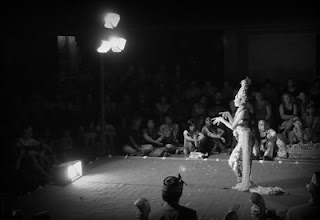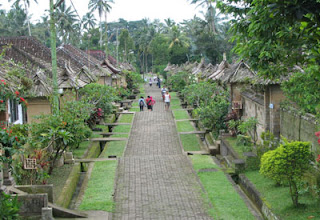
Bali Personal Drivers - Puri Saren Ubud is 22 km from Denpasar Bali, you only take 35 minutes to arrive in this place. The location of Puri Saren Ubud is not difficult to be found, the traditional Balinese style building is standing stout and majestic in the midst of Ubud. Puri Saren Ubud is one proof of the preservation of Cultural heritage...


